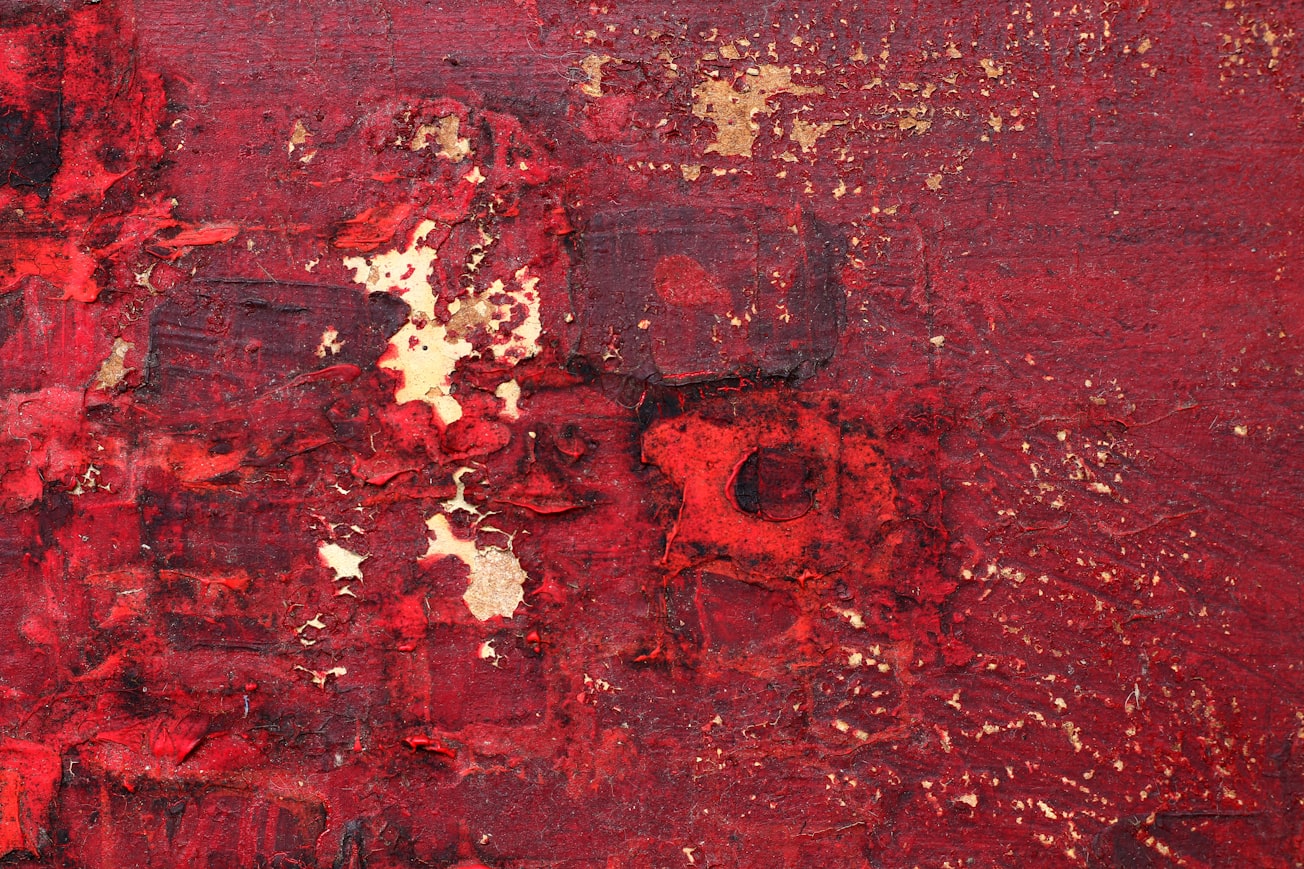What is it about?
The comprehensive experimental design for investigating the external corrosion of buried pipes in soil and culture medium is developed in the current research. The test results of corrosion rates and maximum pit depth show significant microbiologically influenced corrosion (MIC) of cast iron in the soil compared to the culture medium. Most of the research articles were found to be on the effect of sulfate-reducing bacteria SRB on the steel pipelines in simulated soil solution and are for the short-term. The current research addresses the gap and presents the results of extensive experimentation conducted in which cast iron specimens were subjected to SRB-induced corrosion in a developed and controlled environment for 365 days.
Featured Image

Photo by Pierre Bamin on Unsplash
Why is it important?
The significance of current research is that it has a practical application in determining the failure of buried cast iron pipes. Furthermore, it enhances the knowledge related to the SRB-induced MIC of cast iron pipes buried in soils, future failure analysis and case studies, and enhanced preventive maintenance of cast iron pipes and pipelines.
Perspectives
The outcomes of this research have practical application in determining the appropriate service, improving maintenance strategies, and calculating the remaining service life of the buried pipes and pipelines. The possible hydrogen uptake and hydrogen damage mechanism, predominately hydrogen embrittlement during MIC of buried cast iron pipes, and its effects on the SRB-assisted cracking, are envisaged in our future research.
Professor Milos B. Djukic
University of Belgrade, Faculty of Mechanical Engineering
Read the Original
This page is a summary of: Long-term external microbiologically influenced corrosion of buried cast iron pipes in the presence of sulfate-reducing bacteria (SRB), Engineering Failure Analysis, June 2020, Elsevier,
DOI: 10.1016/j.engfailanal.2020.104657.
You can read the full text:
Resources
Contributors
The following have contributed to this page










